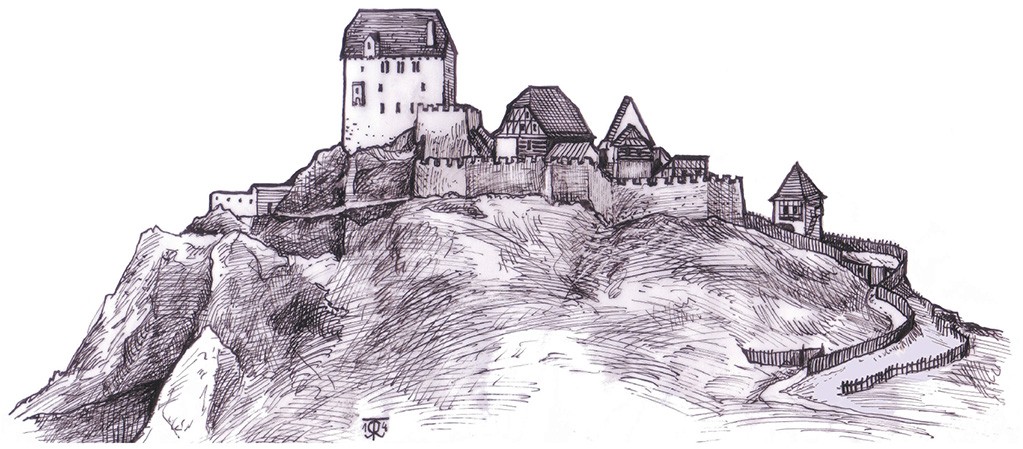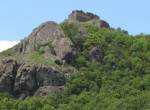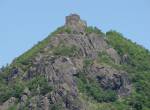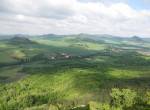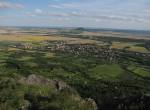The first mention about the castle is in the chronicle of Beneš of Veitmile, who in 1372 noted the story of how lightning struck the castle tower. The lighting burst into the large hall and burned burgrave Aleš Jr. from Slavětín's tips of his and his wife’s shoes. After Aleš Jr. from Slavětín, Košťálov was held by the Zajíc family from Házmburk, and sometimes during the Hussite wars it was acquired in an unknown way by the Kaplíř family from Sulevice. Both families belonged to the pillars of royal power and to the most prominent opponents of the chalice in northern Bohemia, which is why the castle was allegedly unsuccessfully besieged by the Hussites in 1422. Since 1486 it has always been divided between at least two owners. During the 16th century, the seat ceased and stopped suiting the lifestyle of the Renaissance nobility and was replaced by more accessible fortresses at the courtyard in the village of Košťálov.
Košťálov Castle occupied the top of the dominant basalt heap (481.5 m a.s.l) near Třebenice. To this day, there is a ruin of a rectangular palace at the very top, which was entered from a short Zwinger along the northeast. The Zwinger defence area was accessible from the lower north courtyard, where other palace buildings, associated to 1486, were found: the so-called "Great House" and "Lower House". The courtyard was entered from the north through a long compartment, closed off mostly by a simple fortification, reachable through a complex system of entrance routes which lead from the lower set pond in the village of Košťálov.

